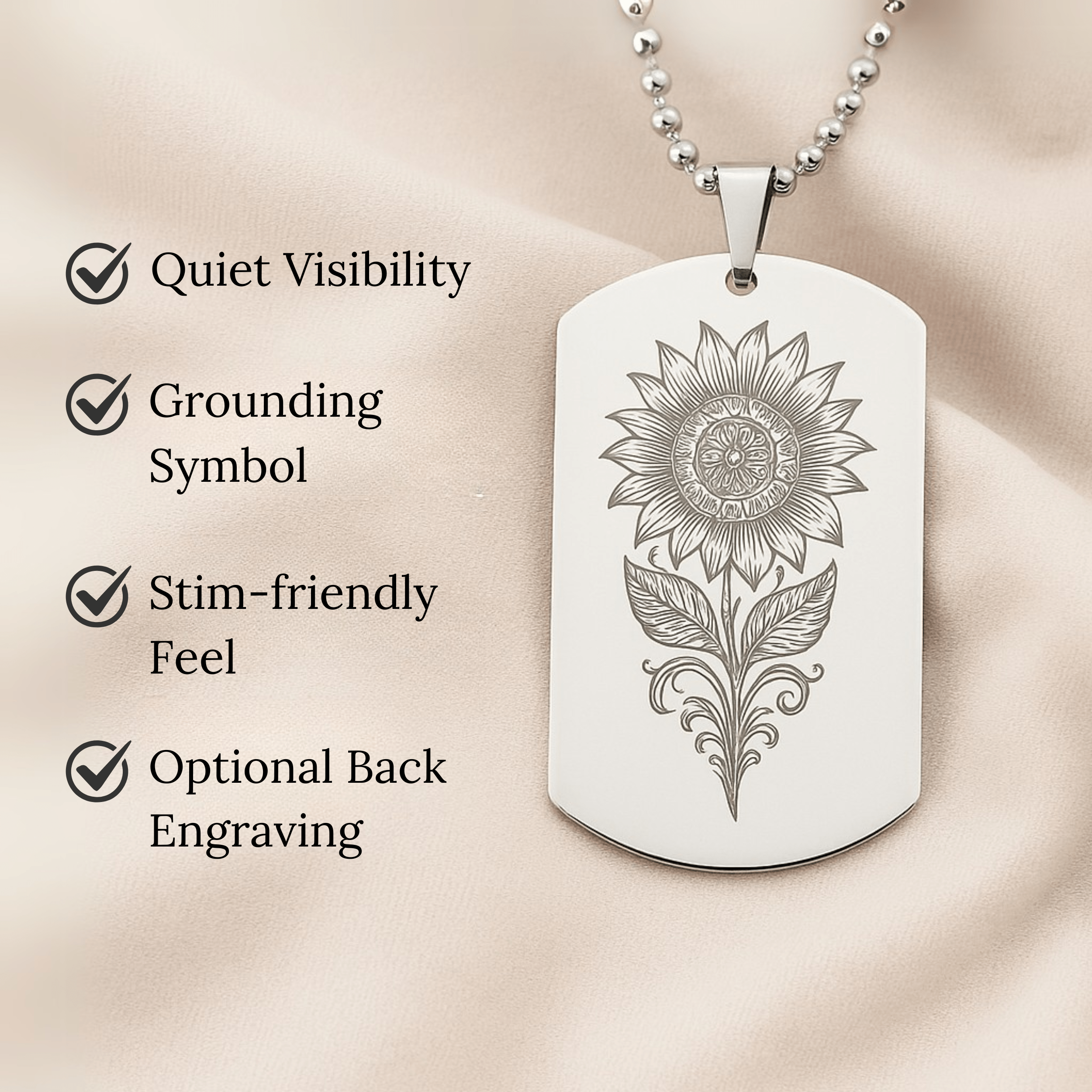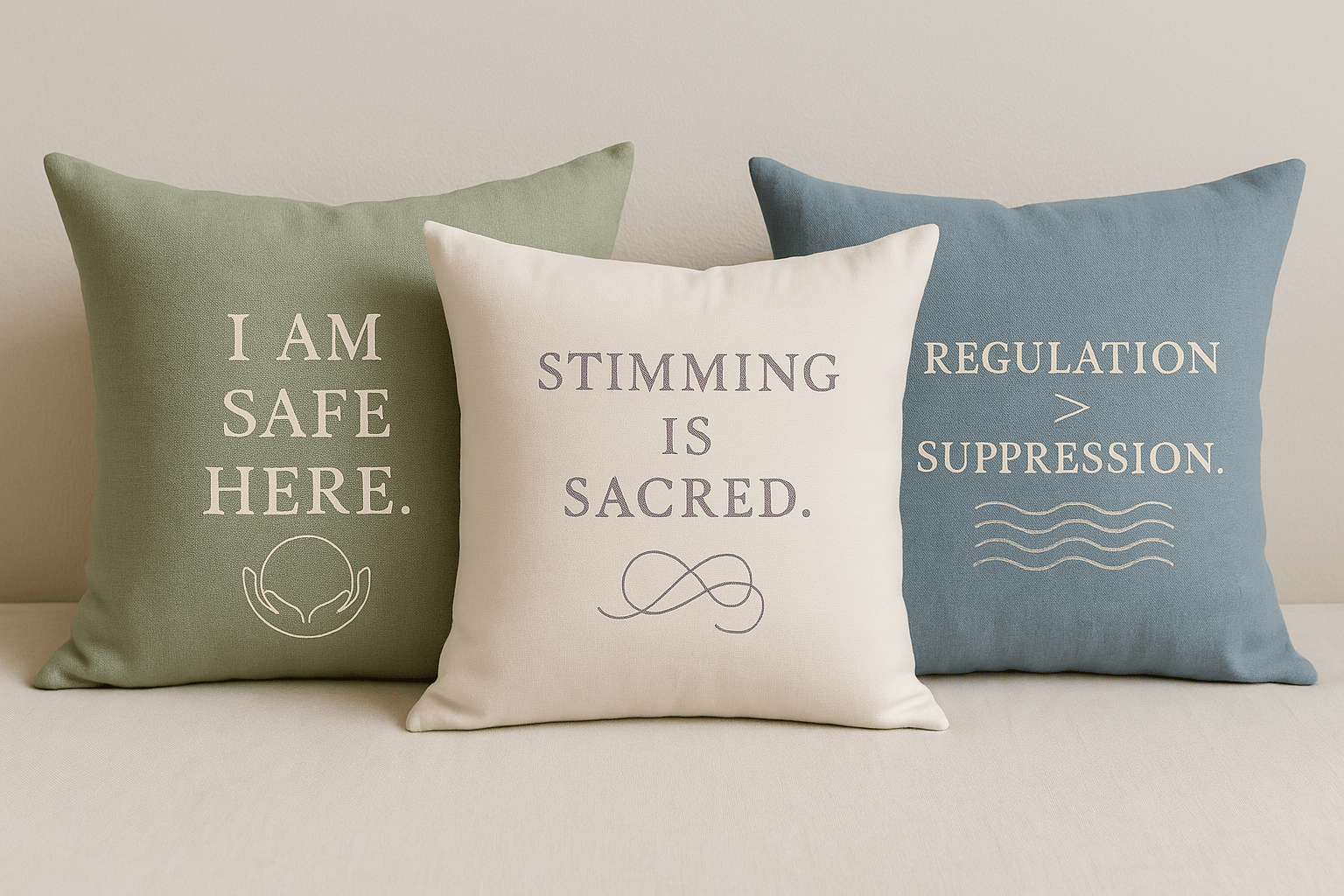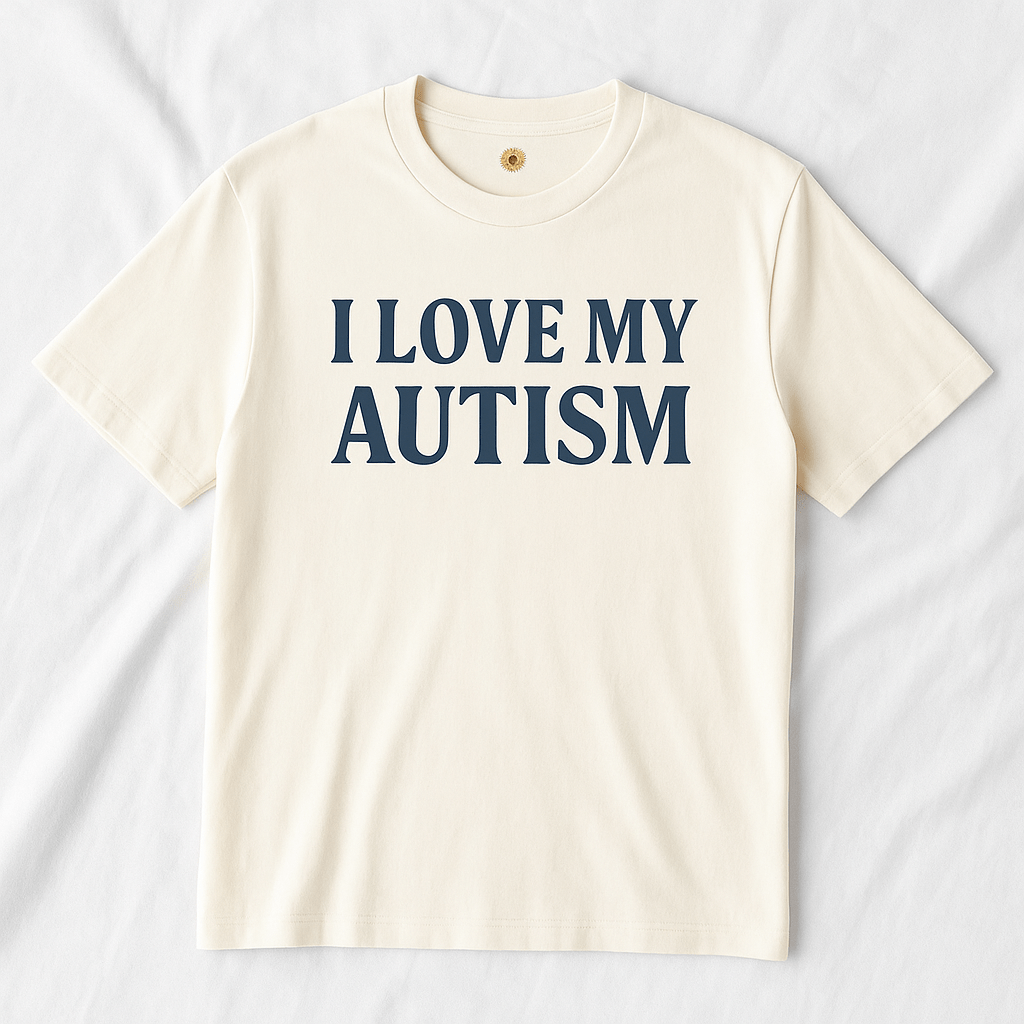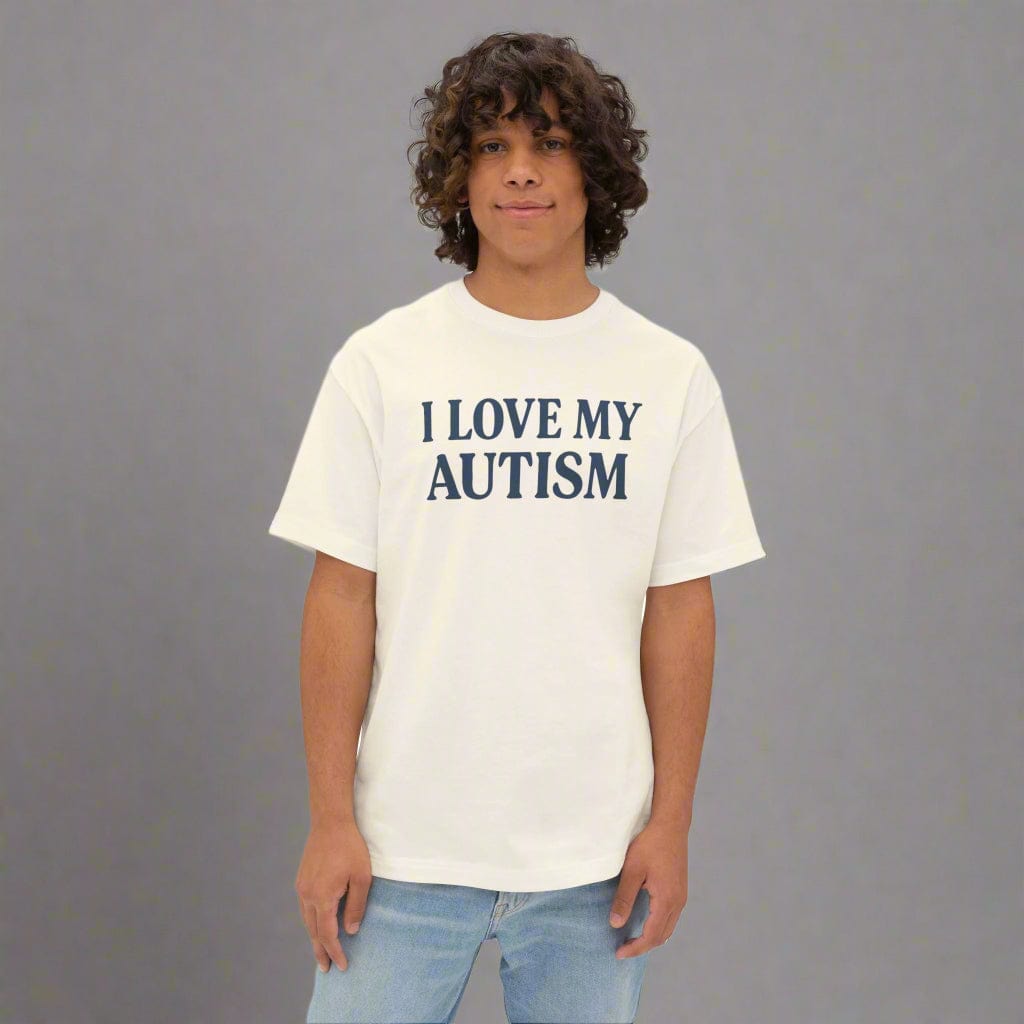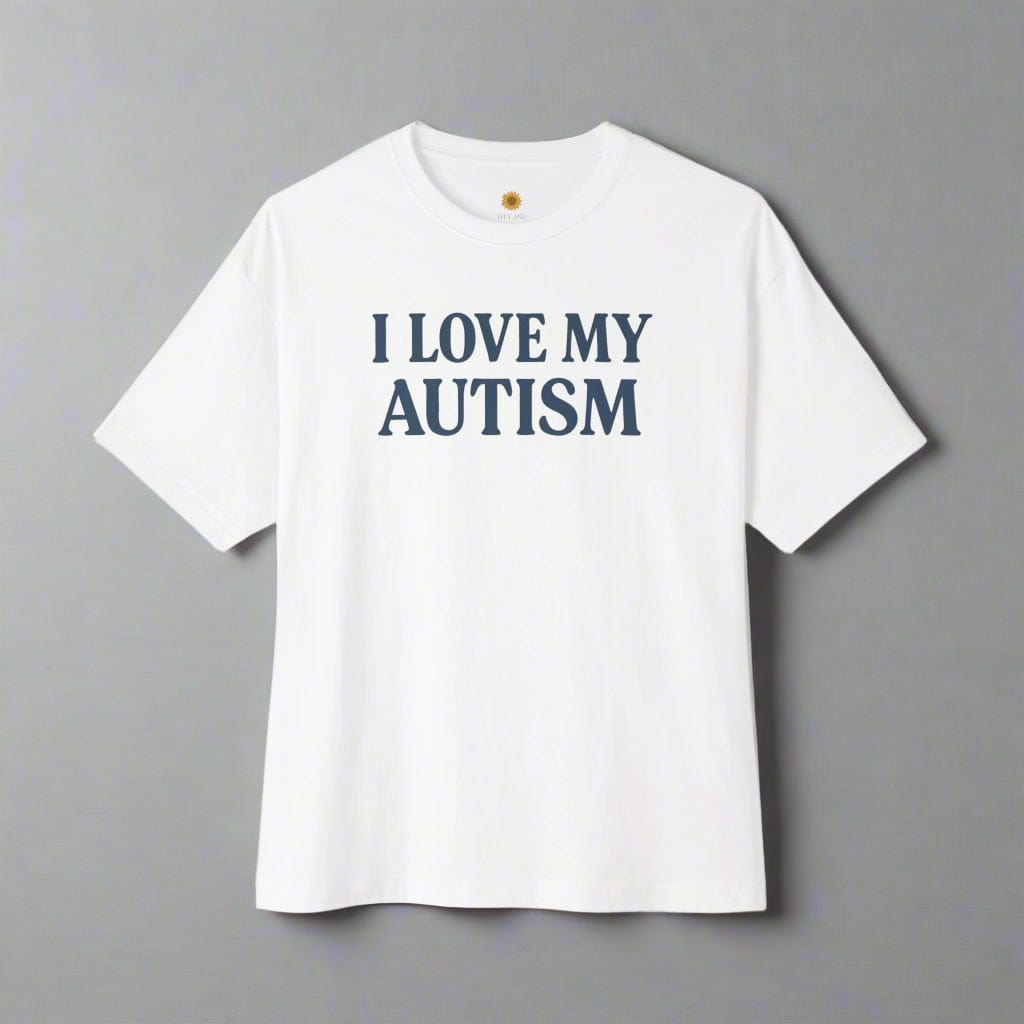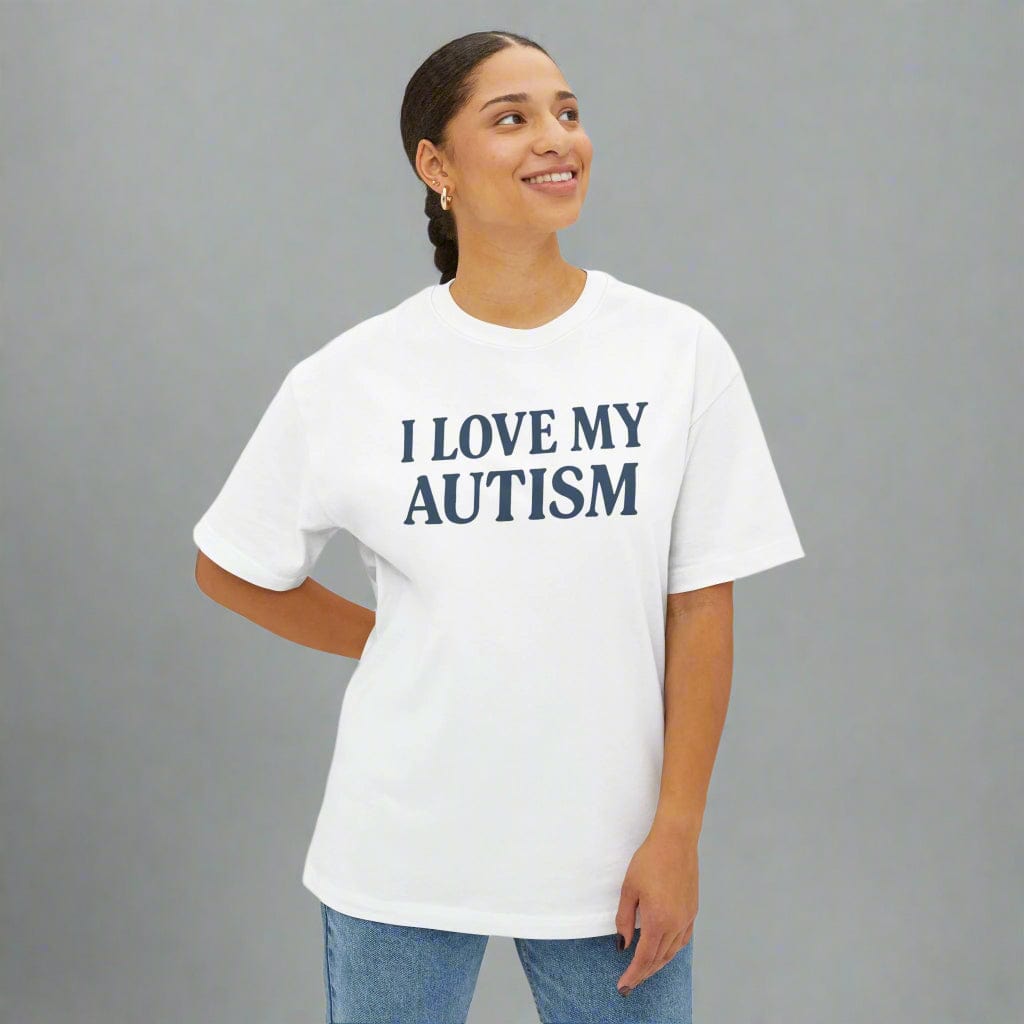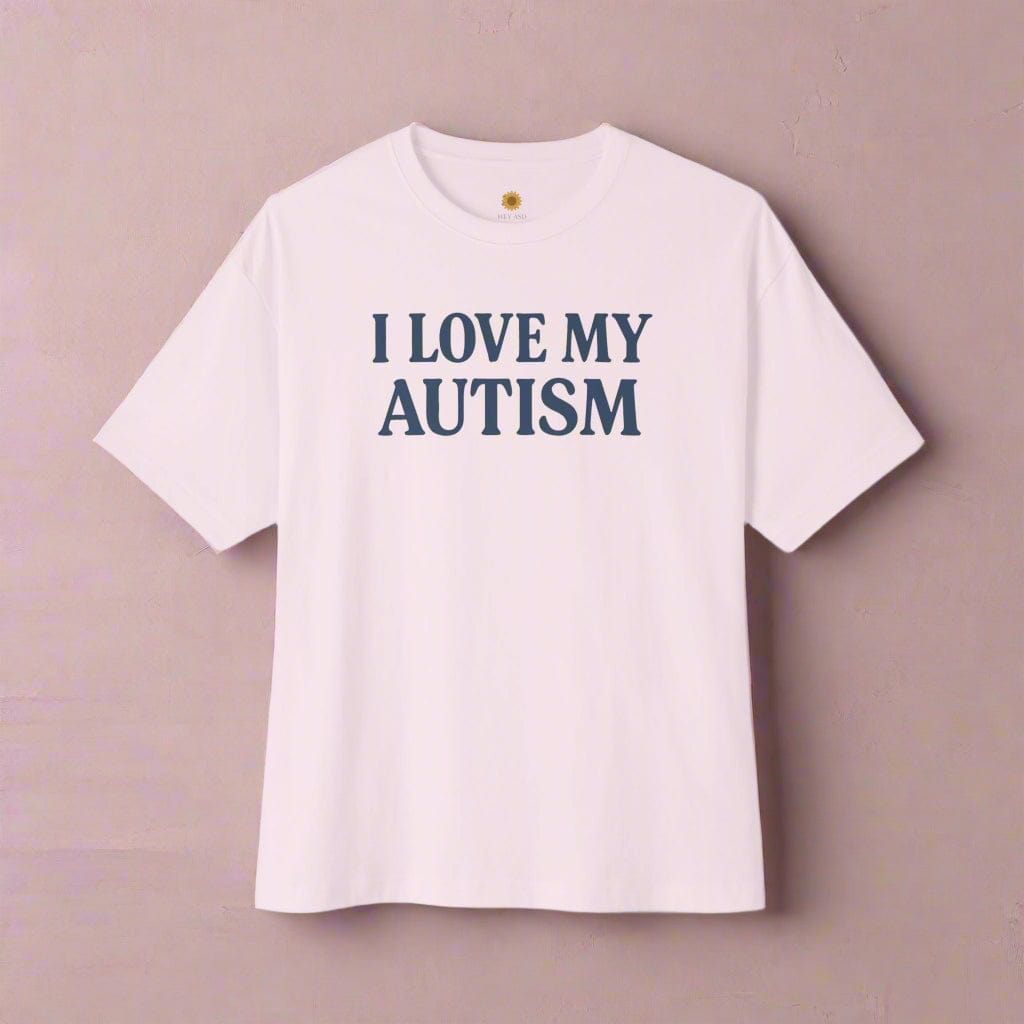Autism Symptoms in Adults: Understanding the Signs

Written by the HeyASD Editorial Team
Autism Spectrum Disorder (ASD) is a developmental disorder that affects individuals in various ways. While it is often diagnosed in childhood, some individuals may not receive a diagnosis until adulthood.
The symptoms of autism can be different in adults than they are in children, and it is important to understand these differences to provide appropriate support and intervention. In this article, we will explore the signs and symptoms of autism in adults, including how they may present differently than in children.
Understanding Autism Spectrum Disorder (ASD)
Before diving into the symptoms of autism in adults, it is important to understand what ASD is. Autism Spectrum Disorder is a neurodevelopmental disorder that affects communication, social interaction, and behavior.
It is considered a spectrum disorder because the symptoms and severity can vary greatly from person to person.
Some individuals with ASD may have significant difficulties with communication and social interaction, while others may have mild symptoms and excel in certain areas.

Diagnosing Autism in Adults
Diagnosing autism in adults can be challenging as many of the symptoms and common traits may be attributed to other conditions or simply thought of as personality traits.
Additionally, many adults with autism may have learned to mask their symptoms in social situations, making it difficult to identify their struggles.
However, with appropriate assessment and evaluation, a diagnosis of autism can be made in adulthood.
Common Symptoms of Autism in Adults
While the symptoms of autism can vary widely, there are some common signs and behaviors that may be present in adults with autism.
Some of these symptoms include:
Difficulty with Social Interaction
One of the hallmark symptoms of autism is difficulty with social interaction. This can include a lack of interest in socializing, difficulty making and maintaining friendships, and trouble interpreting social cues.
Repetitive Behaviors
Many individuals with autism engage in repetitive behaviors or routines. These can include things like rocking back and forth, hand flapping, or lining up objects in a specific way.
Sensory Sensitivities
Individuals with autism may also have sensory sensitivities, meaning they may be hypersensitive to certain sounds, textures, or lights. Conversely, they may also be under-responsive to sensory input.
Difficulty with Communication
Difficulties with communication are another common symptom of autism. This can include a delay in language development, difficulty with nonverbal communication, and trouble understanding sarcasm or figures of speech.
Specific Interests
Individuals with autism may have specific interests or obsessions that they are highly focused on. They may spend a significant amount of time learning about or engaging in these interests.

How Autism Symptoms May Present Differently in Adults
While the symptoms of autism are generally the same in children and adults, they may present differently in adults. Some ways in which autism symptoms may be different in adults include:
Masking
As mentioned earlier, many adults with autism have learned to mask their symptoms in social situations, known as autistic masking. They may have developed coping mechanisms that allow them to appear more socially adept than they actually feel.
Burnout
Adults with autism may also experience autistic burnout, particularly if they are in a social or sensory overwhelming environment for an extended period of time. This can lead to exhaustion, difficulty with sensory processing, and difficulty with social interaction.
Late Diagnosis
Many individuals with autism do not receive a diagnosis until adulthood. This can be due to a lack of understanding of the disorder, misdiagnosis, or simply not presenting with significant enough symptoms earlier in life.

Supporting Adults with Autism
If you suspect that you or someone you know may have autism, it is important to seek out a professional evaluation for diagnosis and support. There are also many ways in which individuals with autism can be supported in adulthood, including:
Therapy
Therapy can be a valuable tool for individuals with autism, particularly in helping them develop social skills and coping mechanisms for sensory overload.
Accommodations
Accommodations can also be made in the workplace or educational setting to support individuals with autism. This can include things like providing a quiet workspace, allowing for frequent breaks, and providing clear communication.
When you are diagnosed, it can be very helpful to discuss your needs and workplace accomodations with your employer to support you in your career development.
Support Groups
Support groups can provide a sense of community and understanding for individuals with autism and their families. They can also be a valuable source of information and resources.

Questions About Autism in Adults
Can autism be diagnosed in adults?
Yes, autism can be diagnosed in adults with appropriate assessment and evaluation.
What are some common symptoms of autism in adults?
Common symptoms of autism in adults include difficulty with social interaction, repetitive behaviors, sensory sensitivities, difficulty with communication, and specific interests.
How can adults with autism be supported?
Adults with autism can be supported through therapy, accommodations in the workplace or educational setting, and support groups.
Can autism symptoms present differently in adults than in children?
Yes, autism symptoms can present differently in adults than in children. For example, adults may have learned to mask their symptoms or may experience burnout in overwhelming environments.
Is there a cure for autism?
There is currently no cure for autism, but early intervention and support can lead to improved outcomes and quality of life.
Join Hundreds of Autistic Adults Feeling
More Comfort in Their Own Skin
Use code WELCOME10 for 10% off your first order.
Start Your Comfort JourneyConclusion
Autism Spectrum Disorder is a developmental disorder that can affect individuals in various ways. While it is often diagnosed in childhood, some individuals may not receive a diagnosis until adulthood.
The symptoms of autism in adults can be different than in children, and it is important to understand these differences to provide appropriate support and intervention.
By recognizing the signs and seeking out professional evaluation, individuals with autism can receive the support and accommodations they need to thrive.
On This Page
Frequently asked questions
What are some common autism symptoms adults might notice in themselves or others?
How can sensory sensitivities autism-related challenges be managed in daily life?
What steps should I take if I think I need an autism diagnosis adult evaluation?
How can autism support groups help adults who are newly diagnosed or seeking community?
Are there sensory tools or calming blankets that can help with sensory overload for autistic adults?
What are some effective autism workplace accommodations that can make work environments more comfortable?
How does masking affect autistic adults, and what can be done to reduce its impact?
What signs of autistic burnout should adults be aware of, and how can they find support?
Can Autism-themed decor or comfortable clothing like t-shirts help create a supportive environment for autistic adults?

About the HeyASD Editorial Team
Autistic‑owned • Values‑led • Sensory‑friendly design
We are autistic creators, writers, and advocates dedicated to producing resources that are practical, sensory-aware, and grounded in lived experience. Our mission is to make information and products that support the autistic community accessible to everyone, without jargon or condescension. Learn more about our team.
This article is written from lived autistic experience and an evidence-aware perspective. It is for general informational purposes only and should not be taken as medical, legal or therapeutic advice.
Always consult a qualified clinician or occupational therapist for individual needs and circumstances.

About Our Autism Blog
HeyASD isn’t just a store, it’s a calm, supportive space created by and for autistic adults. Our blog shares sensory-friendly tips, identity-affirming stories, and heartfelt resources for navigating life as an autistic person. Whether you're late-diagnosed, exploring your needs, or supporting someone you love, you're welcome here.
Thank you for reading. We hope these resources bring comfort and clarity.













